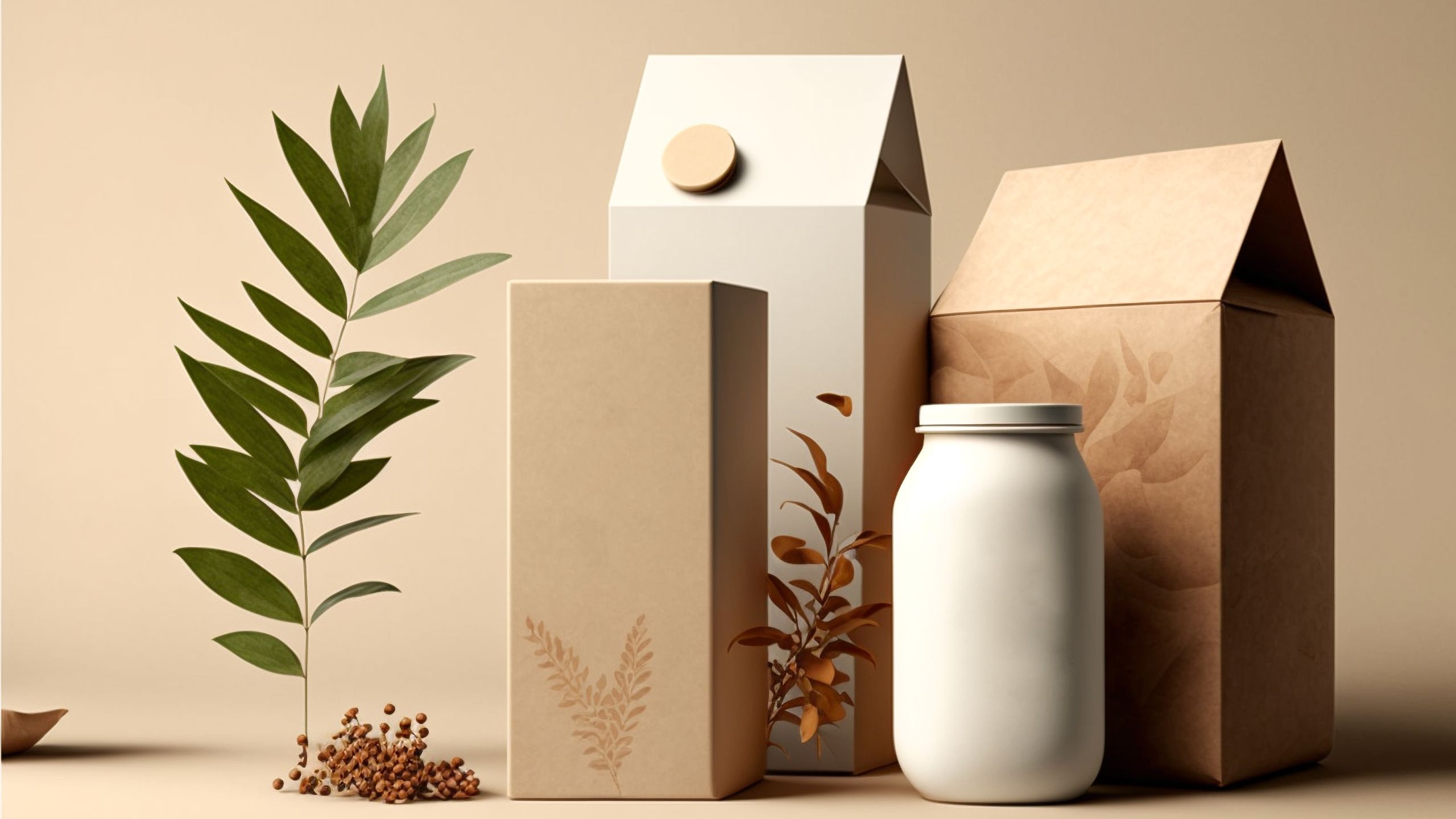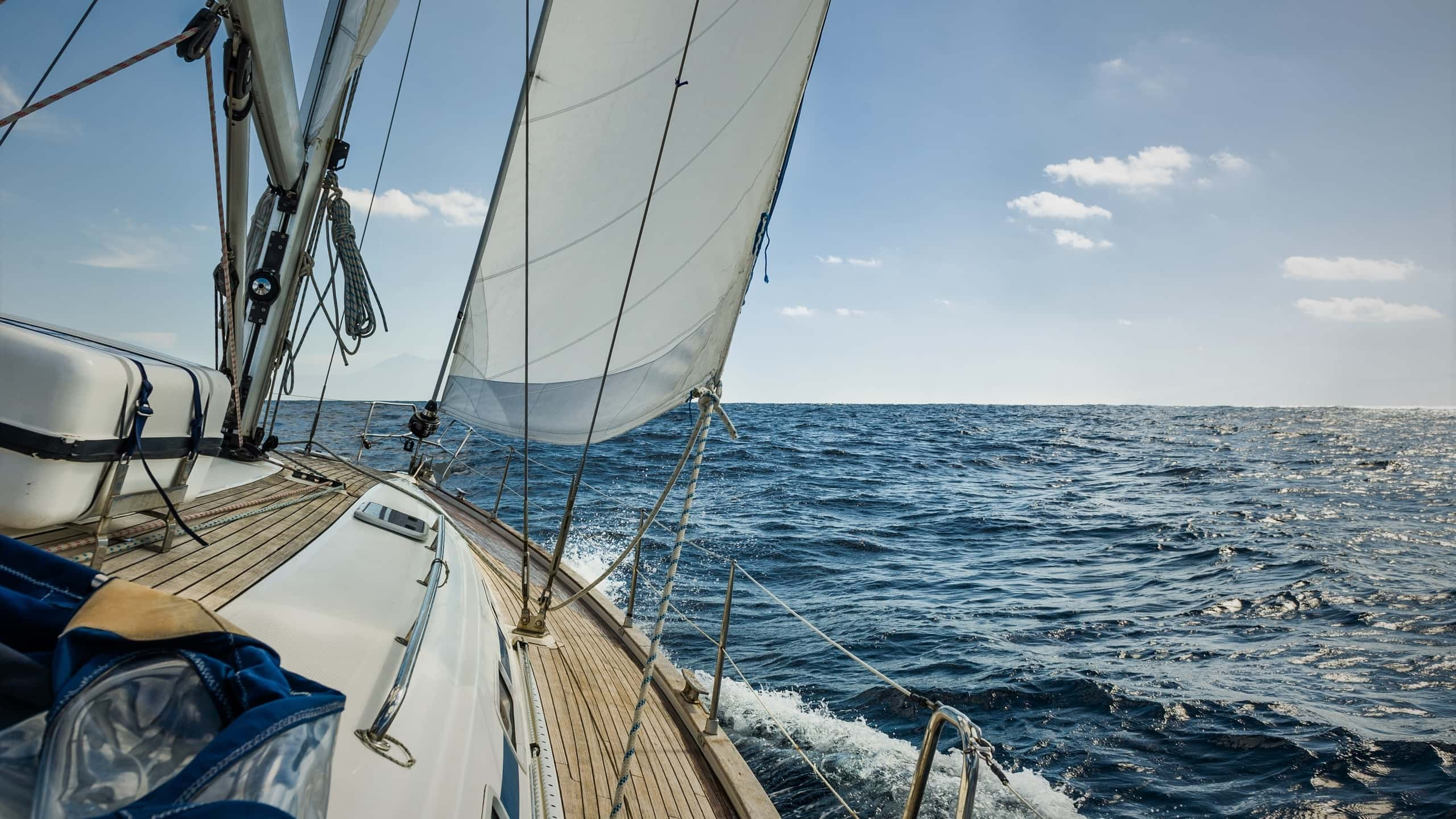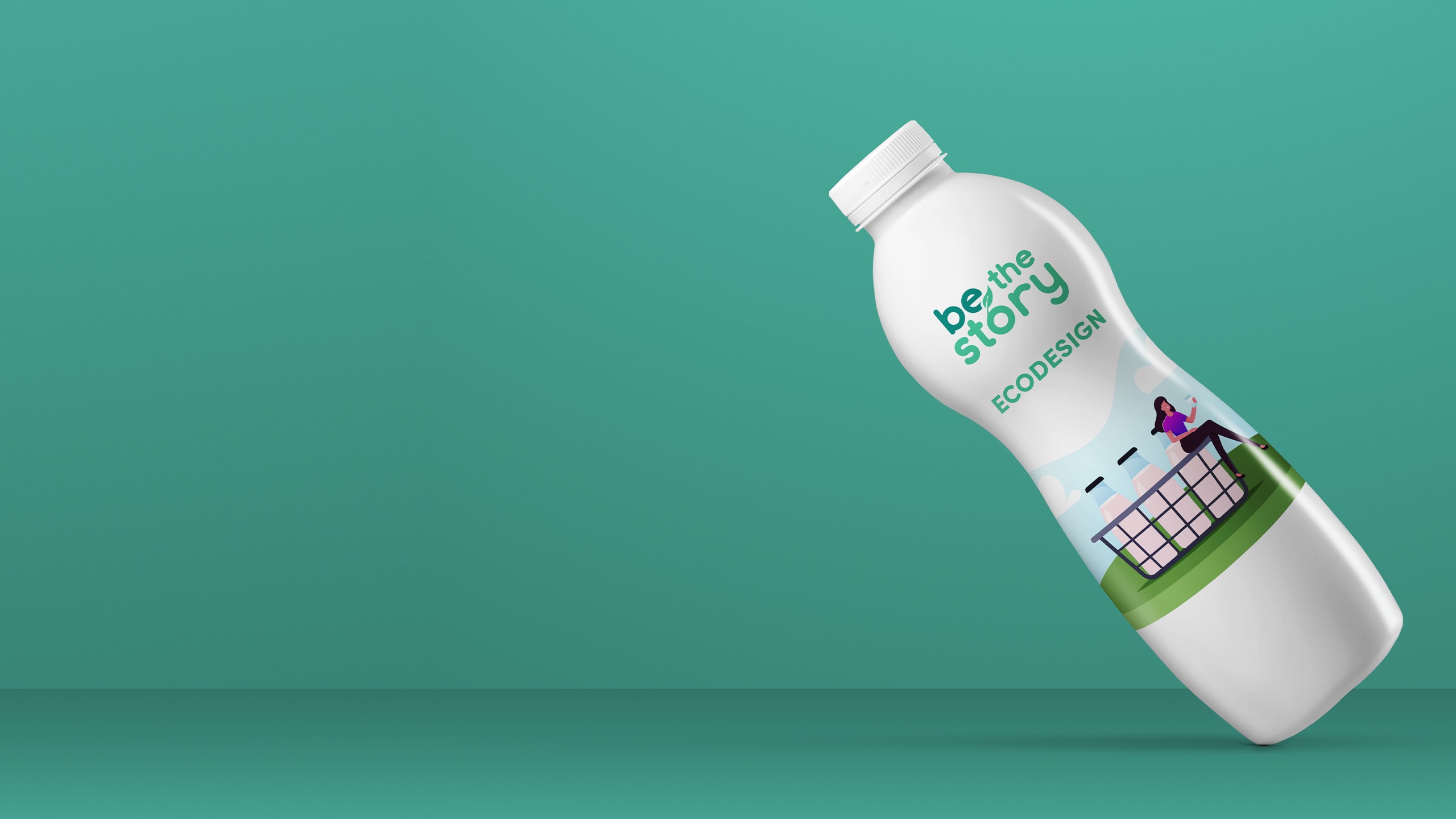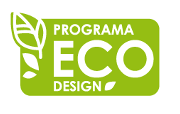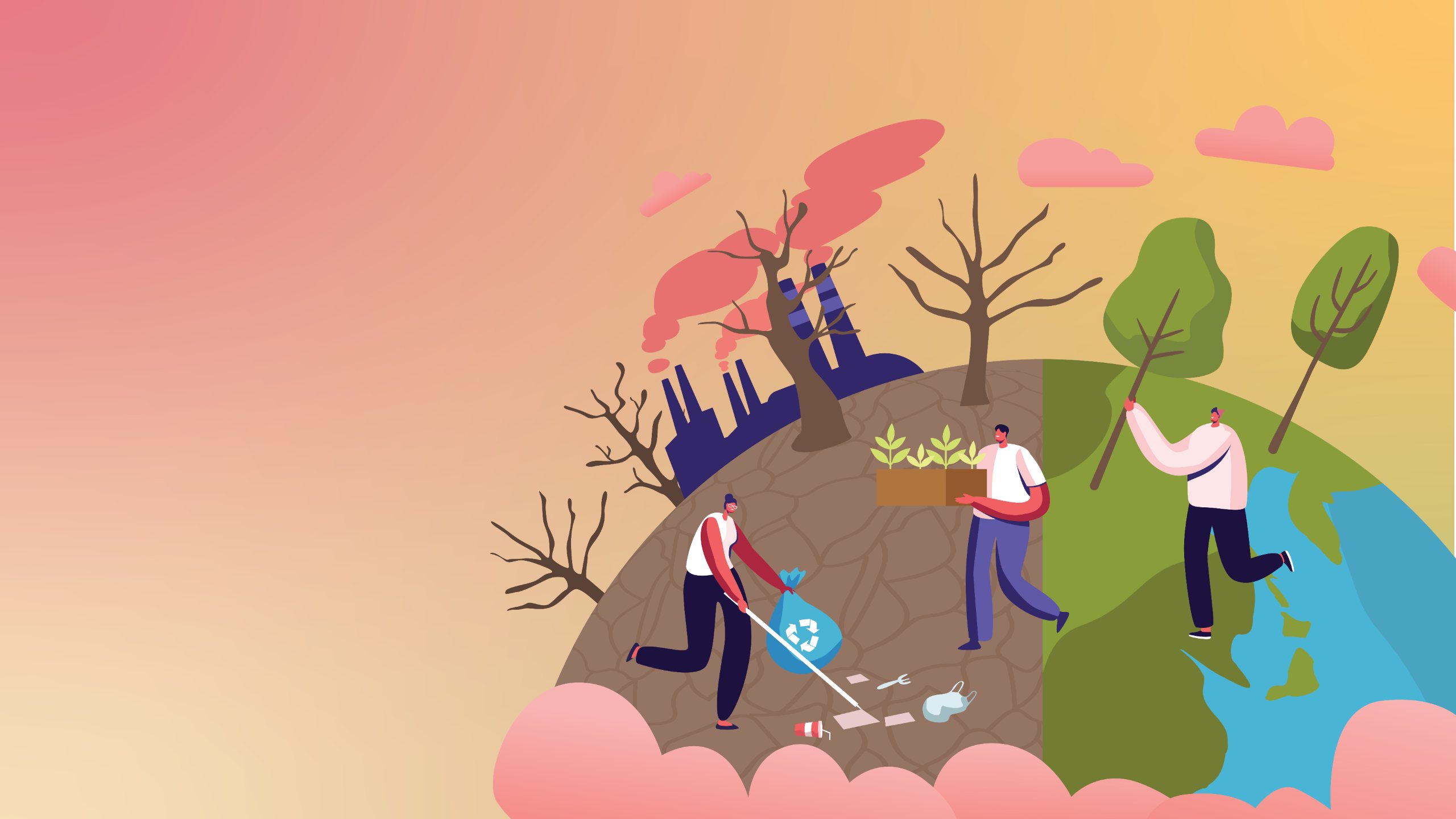Ecodesign is simpler than it looks
Do you recall the moment when your detergent, for example, had its packaging changed? Or when smartphones, clothing and other products started to include recycled materials? These may seem like details, but these changes do have a purpose: to generate a positive impact on the planet’s sustainability.
By utilising less resources, prolonging lifetime, and promoting reuse, it is possible to not only reduce the carbon and environmental footprints, but also insert those products into a circular economy.
Ecodesign can be applied to consumer goods, arts, clothing and shoes, buildings, and other infrastructures. From reducing the size of packaging to using recycled materials, or from clearly communicating the energy efficiency to correctly discarding used products, there are many examples of ecodesign.
Creating sustainability
Ecology-based design gained prominence with the global awareness of how using unsustainable materials, as well as mass production and consumption, causes damage to the planet.
Ecodesign aims to help reduce the ecological footprint of a product in the different phases of its life cycle, starting with the choice of raw materials, followed by production processes, transportation and distribution, usage, and finally by the end of its life, which is either reuse or correct disposal.
Be it the improvement of an existing product or the development of a new one, all these stages must be identified, in order to define the best solutions, not only on an environmental level but also regarding efficiency and cost reduction. This whole cycle requires both engagement and commitment of all involved parties, from the supply chain to the final consumer.
Main ecodesign criteria:
- Reduce the amount of material used and, whenever possible, eliminate materials and components which aren’t strictly necessary.
- Favour the use of recycled materials and renewable resources.
- Minimise the consumption of energy and material resources in all the stages of the life cycle.
- Invest in quality materials and finishes, to promote durability of products and infrastructures.
- Promote the reuse of products and facilitate their recycling, through using a less variety of materials and providing labelling, tags and informative guides.
What does ecodesign bring to the table?
This is a topic that concerns all of us, since producing and consuming consciously is essential to preserve biodiversity and protect future generations. However, ecodesign is more than just a concept. In Europe, the goals for the reduction of greenhouse gas emissions and energy consumption are clear and regulated, and ecodesign principles play a fundamental role. For example, the EU proposed the goal of reducing energy consumption in 32.5% by 2030, and increasing the energy efficiency of electronics can be crucial to achieve it.
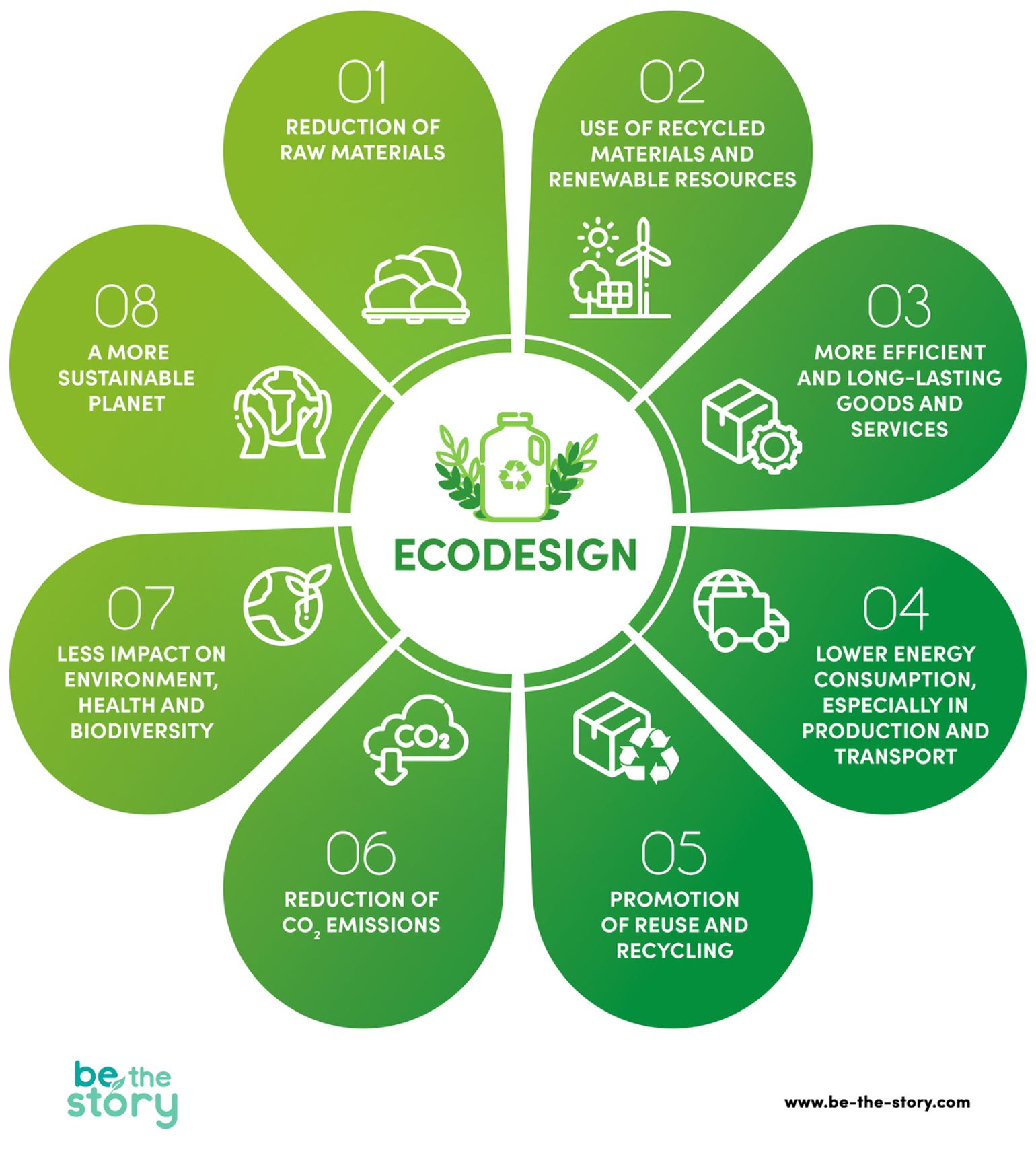
Benefits of ecodesign: 1 reduction of raw materials; 2 use of recycled materials and renewable resources; 3 more efficient and long-lasting goods and services; 4 lower energy consumption, especially in production and transport; 5 promotion of reuse and recycling; 6 reduction of CO2 emissions; 7 less impact on environment, health and biodiversity; 8 a more sustainable planet.
Where can you find ecodesign?
Ecodesign is all around us. For instance, did you know there are packaging made of grass? Or that there is a laundry detergent packaging made of marine litter? This innovation prevented the use of more than ten tonnes of new plastic.
There are even socks produced from old fishing nets, shoes and clothes made from recycled plastic, toothbrushes or hairbrushes made of bamboo, and many other reusable and sustainable toiletries. When it comes to household appliances, energy efficiency labelling and standard information allows for informed and conscious purchases.
In the world of architecture and construction, ecodesign manifests itself in the creation of parks and public spaces, in adequate thermal insulation of houses, in strategically placed windows for better use of natural sunlight, thus reducing the use of electricity, or even in the installation of solar panels for water heating or electricity production.
Agriculture and farming also benefit from ecodesign, namely through more effective, less polluting, and less destructive machinery, or through methods such as vertical farming and permaculture.
Ecodesign is also in your hands
The most immediate way of applying ecodesign in your daily life is at the supermarket, where you can check the labels of each product in order to know the origin of ingredients, to know if there has been any change in raw materials, and to know how to properly discard of it – essentially, in which recycling bin (or bins) you can discard of the packaging.
There are other ways of applying the principles of ecodesign in your life. For example:
- Choosing household appliances with better energy efficiency;
- Choosing better quality and more durable products;
- Buying second-hand products;
- Sorting residues correctly in order to recycle them or to channel them to the appropriate places;
- Giving, whenever possible, a new life to your used products.
